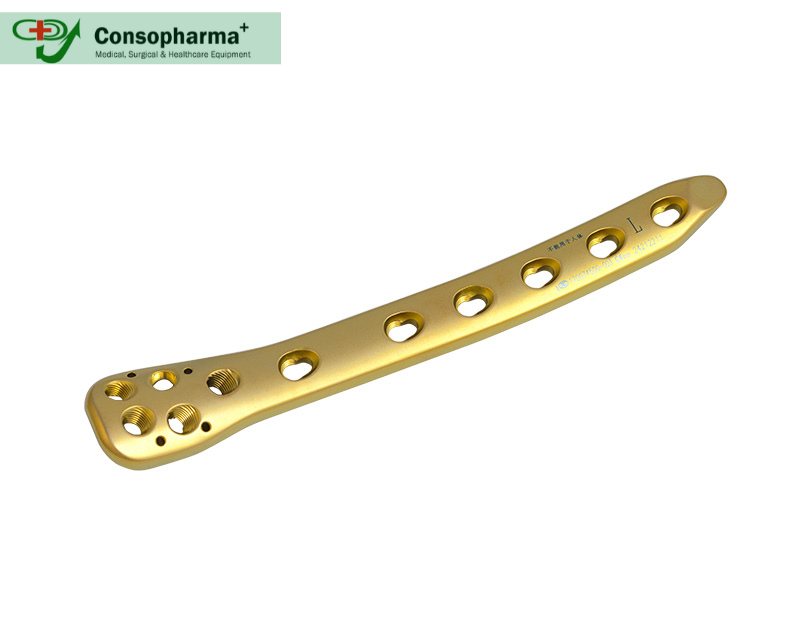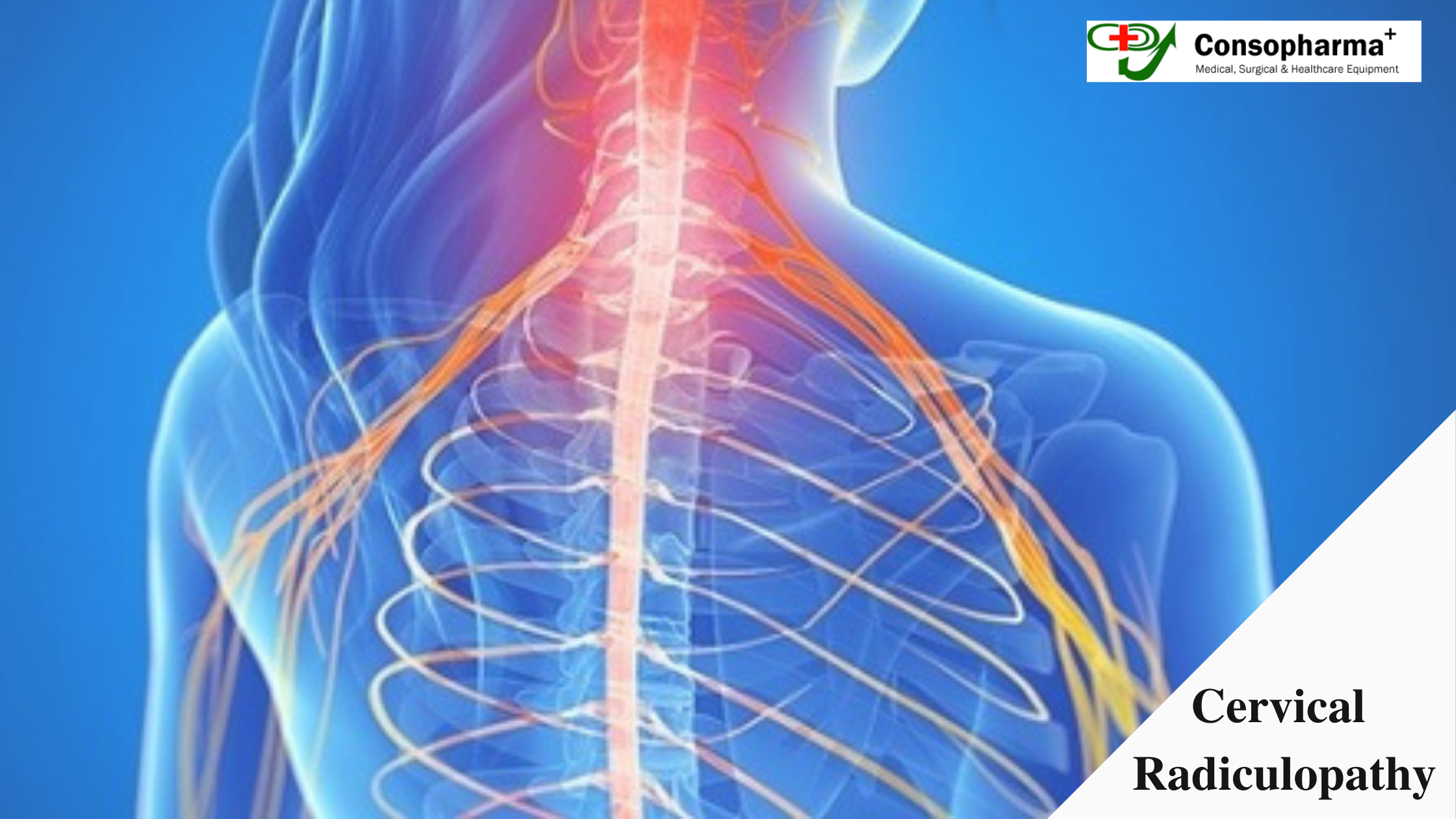General Guidelines of Locking Compression Plates (LCP) that Must be Followed

A locking compression plate or LCP is an implant which allows both conventional placements of screw using non-locking kind of screws, as well as, locking placement of screw which predetermines the angle at which the screw lock into the plate. Check out these guidelines of locking compression plates (LCP) that you need to follow:
- Indirect methods are used to reduce the fracture first, whenever it is possible.
- Detractors or external fixators are then used to maintain the reduction. Suppliers of external fixators provide this equipment.
- Being used with standard screws, the implant might also be used as an aid for reduction, given that the plate is anatomically pre-shaped or contoured well enough.
- The right kind of contouring has to be performed to utilize the LCP’s compression purposes; then, axial compression can be performed using standard orthopedic bone screws inside the dynamic unit of compression of combination holes. The asymmetry of the combination holes makes sure the dynamic compression of the axiom is exerted in one direction. LHS can be inserted further when the axial compression has been exerted with standard screws.
- Application of inter-fragmentary compression is often desired by patients in oblique fractures or spirals, which should be accomplished using standard screws first.
- A guide that’s used for universal drill guides the insertion of standard screws. The holes for the screws are neutrally or eccentrically pre-drilled, depending on what function it’s going to perform. A suitable screw is inserted after measuring and tapping the depth of holes.
- If contouring of the plate is needed, it has to be done using bending instruments that are suitable for the job. Deformation can be caused in LHS if bending is done through the holes instead of between them. This can be prevented by inserting a drill sleeve that is threaded or an LHS into the part of the combination hole that’s threaded.
- A removable spacer can be screwed in before insertion of the plate to ensure a gap of approximately 2 millimeters between the LCP and the cortex underneath. This minimizes plate-bone contact which preserves periosteal circulation.
- Incisions are made in the skin in accordance with the ends of the LCPs.
- An extra-periosteal and sub-muscular tunnel are created for the bone plate using a tunneler that is passed inside the tunnel. When a tunneler is used, the plate’s end is tied to the tunneler’s suture. The bone plate pulls to its position with the withdrawal of the tunneler. There are other ways for this process too. Bone locking plates suppliers are providers of these materials too.
- This is followed by the insertion of the screw into the bone. Make sure that the plate is stabilized at one end with a K-wire, standard screw, threaded LCP guide for drill or an unlocked LHS if the beginning insertion is an unlocked LHS. This is to prevent damage caused to the soft tissues due to the rotation of the plates. Insertion of the rest plates is also done if the first one is satisfactory.
- For the insertion of a self-tapping LHS, a threaded LC plate drill guide is introduced first into the skin via a stab incision. The threaded portion of the hole is then screwed.
- If the bone quality is good and the cortex strong, pre-drilling measurement is not essential, as is the depth, if a self-tapping and self-drilling LHS is utilized monocortically. Periprosthetic fracture is also used in the monocortical fixation of screws.




